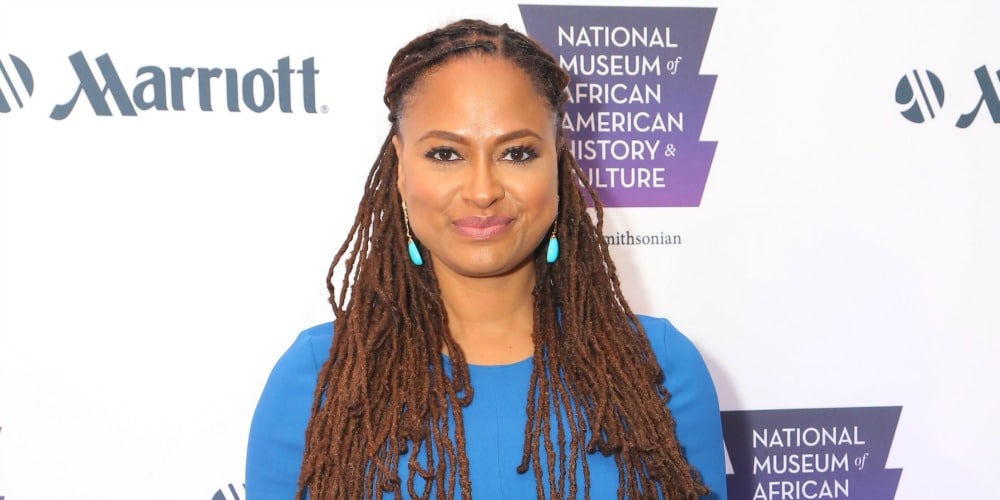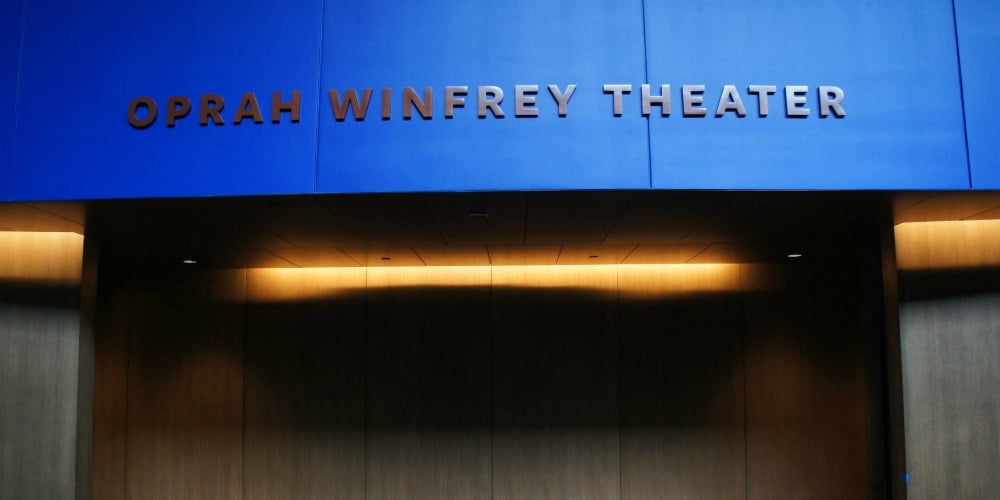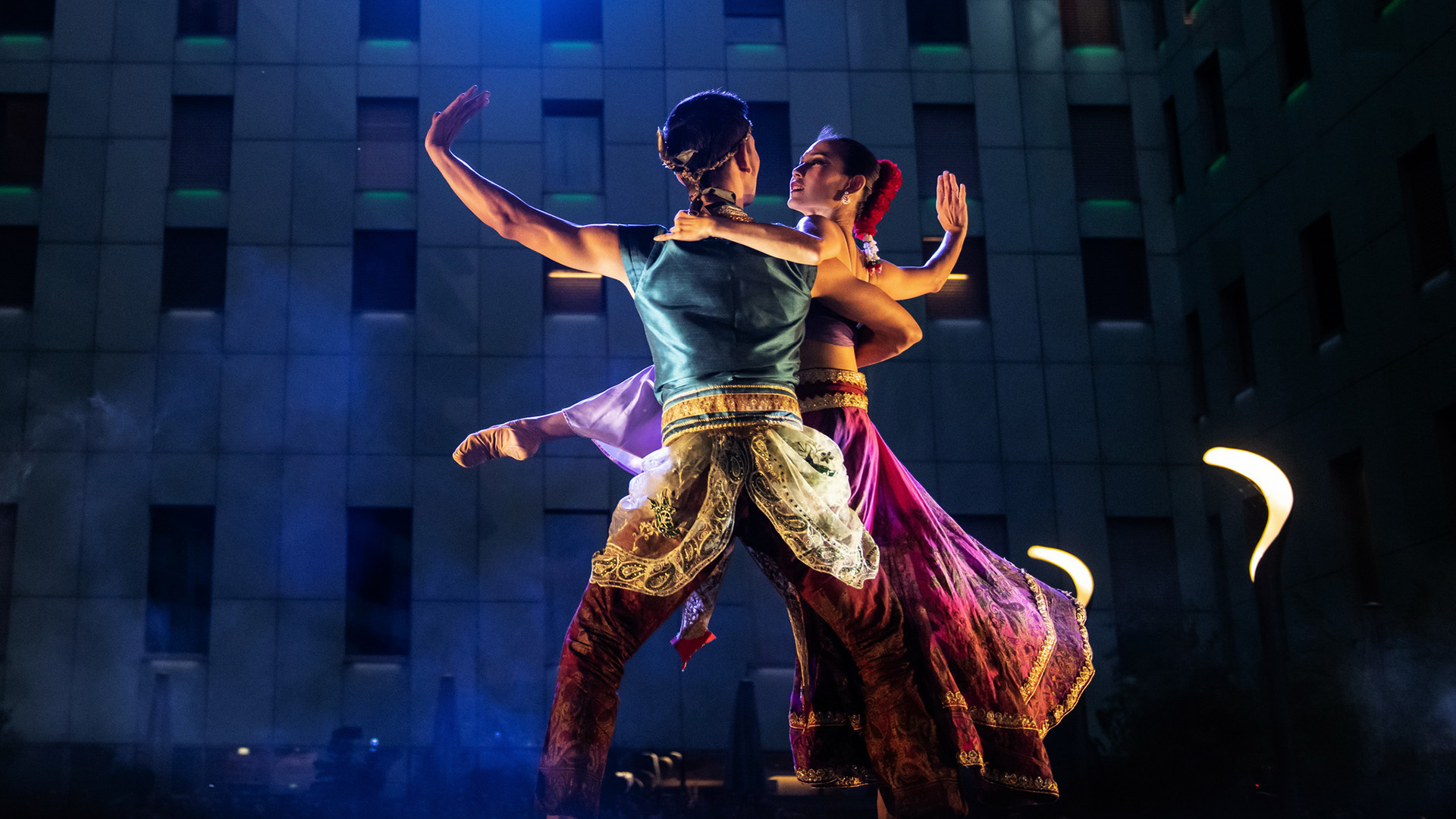
Ava DuVernay on Debuting a Film at an African-American History Museum and Her Love for Louisiana
By Robin BennefieldThousands of people had been anticipating the grand opening of the Smithsonian’s National Museum of African American History and Culture, the latest museum on the National Mall, 100 years in the making. They traveled from across the country to see untold stories honored in the nation’s capital. One of the eager attendees was Oscar-nominated director Ava DuVernay.
“I’ve come to enjoy the museum,” DuVernay says proudly. “I was really anxious to leave L.A. to get here for this. It’s something that I’ve just really been looking forward to.”
At a Marriott International luncheon, “EncouragHERS,” held at The Ritz-Carlton, Washington D.C. to celebrate the contributions of African-American women to society and the new museum, the “Selma” director explained that her excitement wasn’t just for the debut of a museum dedicated to African-American history; it was also for the premiere of her latest directorial tour de force, the museum’s orientation film.
“Orientation film sounds so sterile, but in the museum world I guess that’s what they call it,” DuVernay says. “I asked Dr. Bunch (NMAAHC founding director), ‘Can we call it an installation? Can we do something a little more artsy?’ He was like, ‘Whatever you want, my sister.’”
This is not your mother’s orientation film. The 20-minute cinematic installation, DuVernay’s term, stars some the biggest Hollywood names – Oscar-winner Lupita Nyong’o, Golden Globe and Emmy-nominated David Oyelowo, Emmy-winner Regina King Golden Globe-winner Don Cheadle – and you can only see it at the museum.
“You’re not going to find it on Netflix. You’re going to have to come here and experience the space,” DuVernay says.
The installation, called “August 28,” chronicles significant events in African-American history that took place on that date in different years – the murder of Emmitt Till, setting off the Civil Rights movement; Martin Luther King’s “I Have a Dream” speech; then-Senator Barack Obama’s acceptance of the Democratic Presidential nomination in 2008 and more.
DuVernay has been tracking events that occurred on August 28 since she learned of the date’s significance as a black history major at UCLA.
“It’s this little piece of magic in black history,” she says. “That date has always been something that I loved and I am so pleased that they gave me this opportunity to do this.”

At the moment the opportunities — ranging from the serious Netflix documentary, “The 13th,” which dissects the U.S. prison system, to the fantastical “A Wrinkle in Time,” a film adaptation of the children’s book — are flowing fast and furious for DuVernay, a fact not lost on her.
“I feel so blessed that I live in a time where I can tell stories across so many different mediums,” she says. “My predecessors, the queens of black cinema – Julie Dash, Neema Barnett – are women that didn’t get to do what I do. I can make an Apple commercial, I can make a short for Prada, I can do this installation for the museum, I can make a Disney movie, I can make an indie, I can make a doc. It’s just because of the time I’m in and not because of my talent.”
The opportunity to work with Oprah on the family drama “Queen Sugar,” airing on OWN, was a long-time dream for someone who’s mother idolized Oprah.
“The whole coffee table in our house was filled with magazine covers of Oprah Winfrey to the point where I was like, ‘Mom, You’re great. You should be on magazine covers’,” DuVernay recalls. “It makes me emotional now, but she would say, ‘Don’t be me; be her. Be bigger; be more; be as much as you can be.’ And it’s interesting. Who would’ve thought?”
The OWN series also gave her the chance to spend a lot of time in her new favorite place, Louisiana, where “Queen Sugar” is set, a place that is inspiring her creatively at the moment.
“It was a big part of my life for the last year that I developed ‘Queen Sugar’. One of the reasons is that it’s one of the last places in the United States that has a cultural footprint and an ethnic footprint,” DuVernay says. “There are places you can go that are just beautiful and textured, and are ungentrified and truly like what it was a while ago. It still feels like it has a sense of history, but also it’s progressive.”
DuVernay found this beauty across the state in places like Baton Rouge and Vacherie. But New Orleans spoke to her, especially spots off the well-beaten tourist track.
“It feels like a city of color. A city with all these amazing colors and hues, music, food, and not just the old tourist stuff,” she says. “There’s something there that I found really fantastic. I would encourage people to go past the tourist part of New Orleans because when you really get into the dive bars and the hole-in-the-wall food, it’s just transcendent.”
Marriott International was the proud hospitality sponsor of the grand opening of the Smithsonian’s National Museum of African American History and Culture.







